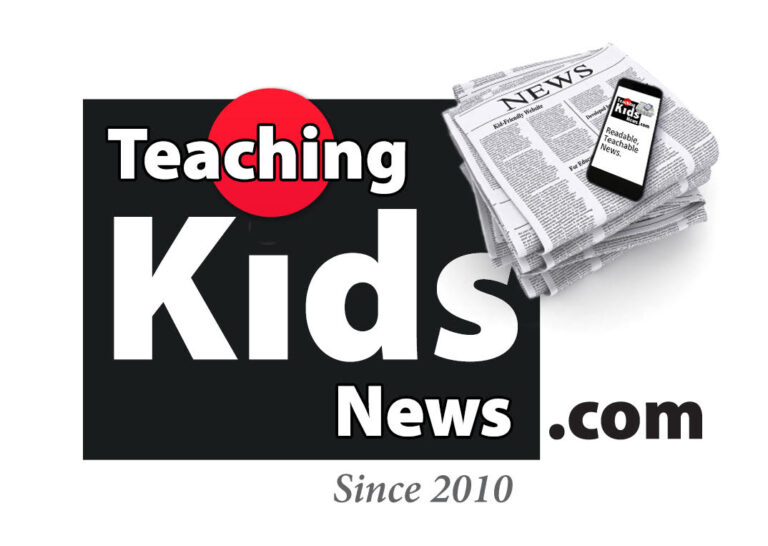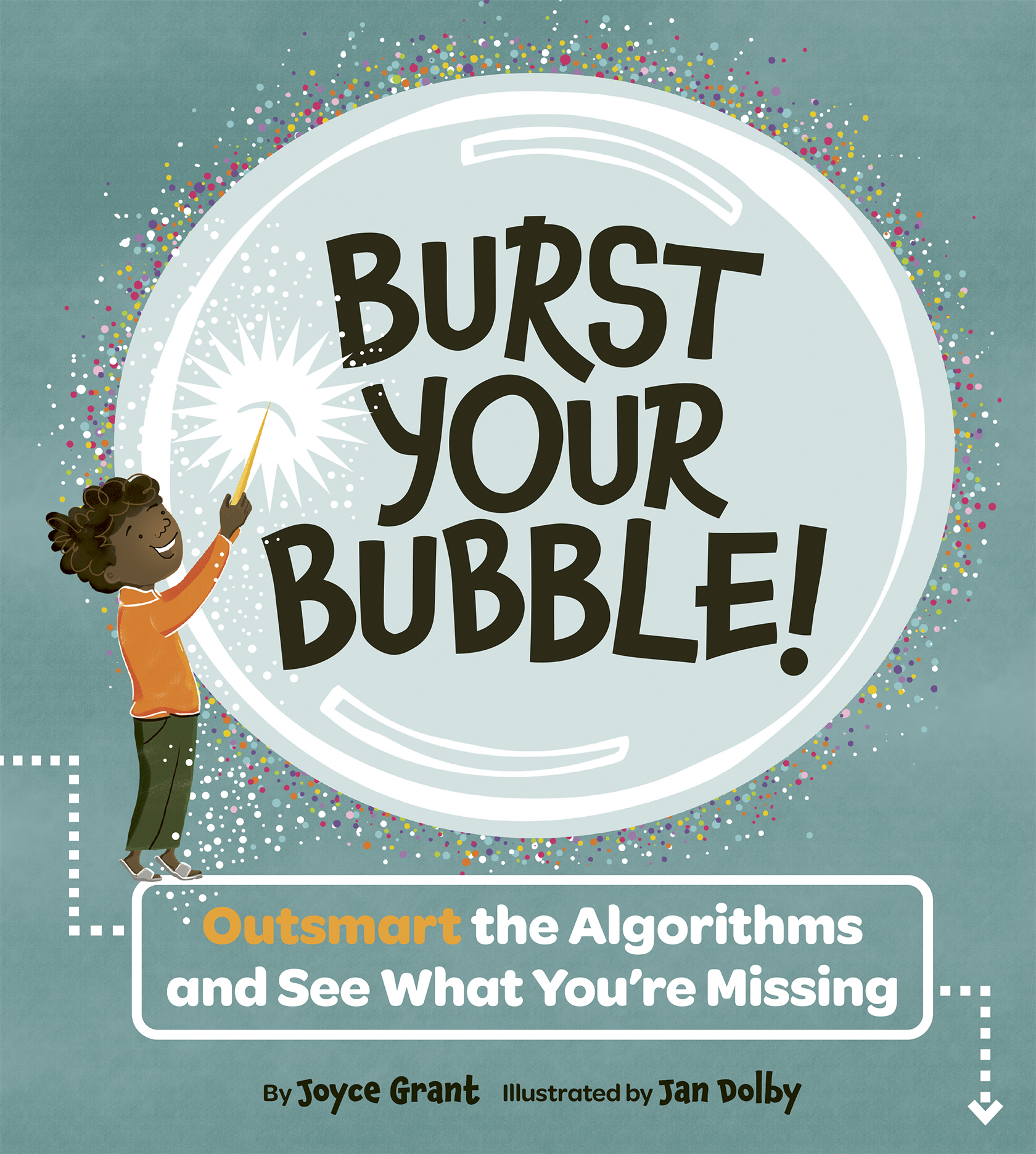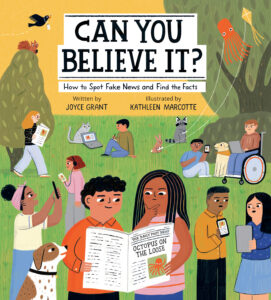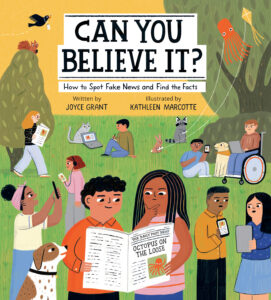
COLUMN*
Many Canadians–including kids who read this website–find American politics hard to understand. They want to know why Donald Trump seems so popular in the U.S. And they want to know why the American “election” is dragging on for so long.
While Canada’s and the U.S.’s political systems seem similar–for example, they’re both democracies in which citizens are encouraged to vote–they are actually quite different.
In the United States, there are two main political parties: The Democrats and the Republicans. Each party picks a leader, and then those leaders go head-to-head in a big election for president.
The American parties are not really comparable to the Canadian political parties because their values (the things they believe in) are different, but if you had to compare them you could say the Democrats are a bit like Canada’s Liberals and the Republicans are a bit like Canada’s Conservatives. (That comparison is based on which party is more “left” and which party is more “right” — there’s more on that in this 2011 TKN article.)
The Democrats and the Republicans take a long time (relative to Canada) to decide on who their leader will be. Each party holds many debates (where the leaders talk about how they would lead and why people should vote for them) and elections (called “primary elections”) throughout the U.S. over the course of months. Not everyone in the U.S. votes in these kinds of elections–just certain members of each party.
Donald Trump has emerged as the person who will be the leader of the Republic Party in the U.S. The leader of the Democratic Party hasn’t been decided yet; Hilary Clinton seems most likely to win (see UPDATE, below), although Bernie Sanders still stands a chance of winning.
Barack Obama is the U.S.’s current president. However, he has already won two national elections and has been president for eight years. According to U.S. law, no one can be president for more than two terms. So Obama is stepping down and Americans will elect a new president. (In Canada, there is no “maximum term” for prime minister–in fact, Pierre Trudeau was prime minister for nearly 16 years.)
The big election will be held on Tuesday, Nov. 8, 2016.
That’s when all adult Americans (with some exceptions, such as people in prison) can vote for the person they want to become their new president: either the Republican leader (likely Donald Trump) or the Democratic leader (likely Hilary Clinton or Bernie Sanders).
By the way, Donald Trump’s current official title is “presumptive presidential nominee.” That means that, unless something very unlikely happens, he will be the person the Republicans put forward as their leader to try to become president on November 8.
Many Canadians find it hard to understand why Donald Trump seems so popular. He is a business owner who is extremely wealthy; he has made much of his money through “real estate”–building, buying and selling buildings and land. He was also on a popular TV show called The Apprentice.
More than that, he has a loud, arrogant and even obnoxious personality. He has been caught making claims that have later turned out to be untrue–in other words, he has lied many times. When he is asked a direct question, he often avoids answering, which makes it seem like he doesn’t understand many of the things a president should know. He has said bad things about women, minorities, Muslims and, in at least one well-known case, a physically challenged person. He has encouraged some of his supporters to be mean to other people, telling them that if they get caught, he will pay their lawyers’ bills. On the schoolyard, we could call a person like that a bully.
So why would anyone vote for him?
That is the big question. Many people believe that, while he was popular with some Republicans (who elected him as their leader), he doesn’t stand much of a chance of winning the main election to become president, because overall, most Americans don’t like him or the things he does or stands for.
We won’t know for sure until November 8, when Americans decide who they want to represent them.
*COLUMN: A “column” isn’t the same as a regular news article. A column is a writer’s opinion. The information in a column is usually skewed (affected) by the author’s personal opinion. Readers of a column must always think about who the author is, what he/she likely believes, and how his/her personal beliefs may have affected what he/she has written in his/her column.
UPDATE: On June 7, Hilary Clinton declared herself the “presumptive presidential nominee” for the Democratic party, saying that she had enough delegates to make it mathematically impossible for Sanders to win the nomination. If that is true, the “big election” on November 8 will be between Clinton and Trump. Stay tuned!
Thank you to Dr. Wayne Petrozzi and Dr. Daniel Rubenson, Ryerson University, for their assistance with this article.
Related Links
To learn more about the U.S. political system:
YouTube video: https://www.youtube.com/watch?v=uRu_JcarCDY
How party leaders are selected: http://www.thisnation.com/question/021.html
CURRICULUM CONNECTIONS
By Jonathan Tilly
Writing/Discussion Prompt
The author of today’s article clearly states her reasons for questioning Donald Trump’s actions and behaviours. Would highlighting the questionable comments of the democratic candidates make the article more balanced or more biased? Why?
Reading Prompt: Point of View
What questions might you ask the author of today’s article? What would her answers reveal about her opinions, beliefs, and values?
Junior
Identify the point of view presented in texts; determine whether they can agree with the view, in whole or in part; and suggest some other possible perspectives (e.g., ask questions to identify any biases that are stated or implied in the view presented) (OME, Reading: 1.9).
Intermediate
Identify the point of view presented in texts, including increasingly complex or difficult texts; give evidence of any biases they may contain; and suggest other possible perspectives (e.g., determine whether an author’s choice of voices to include seems justified and suggest how the meaning would change if different voices were chosen) (OME, Reading: 1.9).
Language Feature: Quotation marks ( ” )
Quotation marks are punctuation marks that are most commonly used to show the reader that a portion of text is, in fact, directly quoted from an individual or character. However; in today’s article, quotation marks are used on several occasions to show that a portion of text is “so-called” or “otherwise-known-as.” For example, quotation marks are used here, “presumptive presidential nominee,” because it is a title that he has declared for himself. It is not a title that has been given or awarded to Donald Trump.
Complete the sentences below using quotation marks to achieve a similar effect.
- Jimmy studies all day and all night. If he were a super hero, he’d be ” ___________________.”
- Kayla is ” _______________ ” when she plays drums.
- Mr. Brinsmead is a huge fan of The Cleveland Browns. He love them so much, he calls them his ” __________.”
- The country is a ” ______________ ” now that the election is over.








